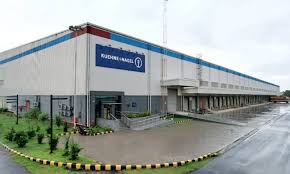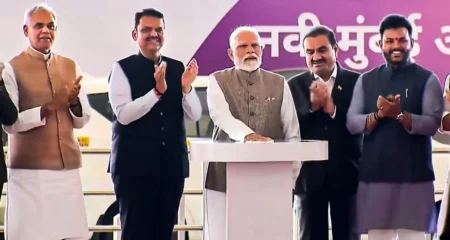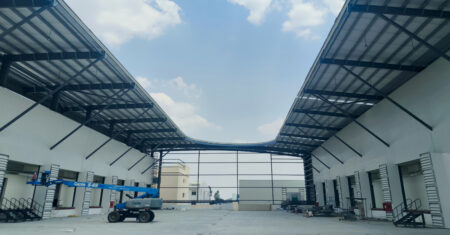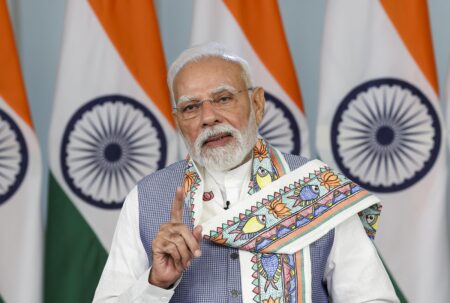IndiGo partners with Adani to launch the initial 18 daily flights from NMIA, set to expand to 140 daily by November 2026.
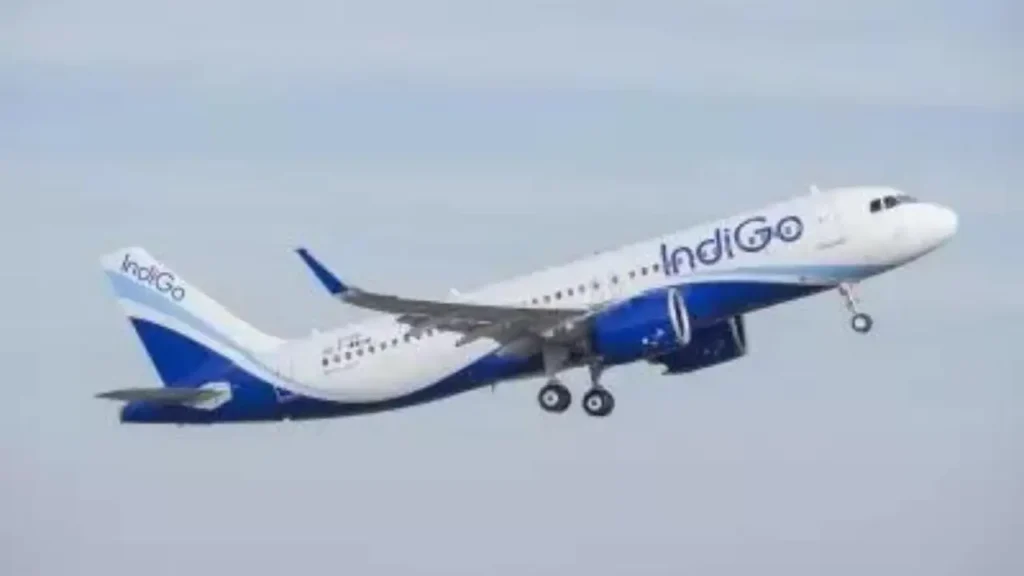
A new era in Indian aviation is set to begin as IndiGo announces it will be the inaugural airline to commence commercial flight operations from the Navi Mumbai International Airport (NMIA). This landmark partnership with Adani Airport Holdings (AAHL) is poised to significantly decongest the existing Mumbai airport and accelerate India’s ambition to become the world’s third-largest aviation economy by 2030.
From its very first day, IndiGo will launch an impressive 18 daily departures, connecting NMIA to over 15 cities across India. The airline plans a rapid expansion, projecting 79 daily departures (including 14 international) by November 2025, exceeding 100 daily by March 2026, and reaching a formidable 140 daily departures (including 30 international routes) by November 2026.
Pieter Elbers, CEO, IndiGo, expressed enthusiasm for the collaboration, stating, “IndiGo will be the inaugural airline to operate from NMIA, and we couldn’t be more pleased to announce this.” He emphasised that the new flights will elevate the travel experience with affordable, on-time, and hassle-free services.
Arun Bansal, CEO, Adani Airport Holdings, echoed this sentiment, remarking, “This partnership marks a major step towards confirming NMIA’s position as a transfer hub for domestic and international travellers.” He added that the dual-airport system for Mumbai aims to create a more resilient, efficient, and passenger-friendly aviation ecosystem.
NMIA is envisioned as India’s premier international aviation hub, featuring state-of-the-art facilities and seamless multi-modal connectivity. In its initial phase, NMIA is designed to handle 20 million passengers and 0.5 million metric tonnes of cargo annually, with an ultimate projected capacity of 90 million passengers and 3.2 MMT of cargo per annum.
IndiGo’s commitment to expanding its reach from NMIA, offering both domestic and international destinations, underscores its strategy to make air travel accessible to more of the Indian population, fostering a more connected and efficient urban landscape.
Source: Urban acres


